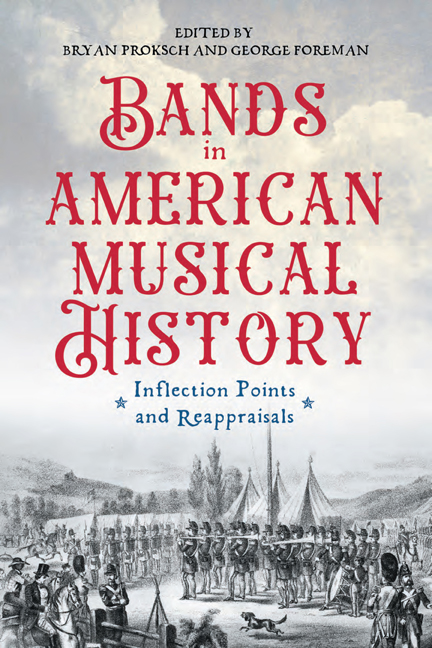10 - Alice Raymond: “America’s Greatest Lady Cornetis
Published online by Cambridge University Press: 11 May 2024
Summary
Until after the Civil War, few women in America played brass instruments even recreationally. A woman who dreamed of joining a band, much less becoming a brass soloist, faced the prospect of invading a steadfastly male domain. Later, beginning in the 1870s, family bands, which included the girls and “young ladies” as well as the male members of the family, became popular concert attractions. The Strohl Family, promoted as the “musical marvels of the age,” included eight siblings (three brothers and five sisters) who all played in the brass band. The Noss Family Band featured both Bertha Noss and May Noss on cornet. Kittie Shepard's cornet solos were among the most popular numbers on the Shepherd Family's concerts. Anna Berger, who became widely known as the cornetist with the Berger Family, enjoyed a successful career as a soloist after the family concert company was no longer active. By the 1880s and continuing into the early twentieth century, female cornetists such as Mattie Babel, Bessie Gilbert, and Marie McNeil rivaled their male counterparts in popularity.
“America's Greatest Lady Cornetist”
Alice Raymond, who began her career during the mid-1880s and enjoyed billing as “America's Greatest Lady Cornetist” for three decades, was perhaps the best known of the female cornet virtuosos. She performed throughout America and widely abroad, appeared at leading expositions, performed as a soloist with the Marine Band under the baton of John Philip Sousa in Washington, DC, and entertained magnates such as Andrew Carnegie (see figure 4.24).
Despite her fame, the details of Raymond's biography have remained clouded for several reasons. At various times, she used four different names: Alice Little (her birth name), Alice Alvord (during her first marriage), Alice Kurkamp (during her second marriage), as well as Alice Raymond (her professional name, taken from the opera Raymond, by Ambroise Thomas). Additionally confusing, while growing up, she lived first in Springfield, Illinois, and later in Springfield, Massachusetts. After 1904 she was abroad for more than twenty years during the prime of her career. Later in her life, she changed her birth year in most records to appear ten or twelve years younger than her actual age.
- Type
- Chapter
- Information
- Bands in American Musical HistoryInflection Points and Reappraisals, pp. 314 - 356Publisher: Boydell & BrewerPrint publication year: 2024



